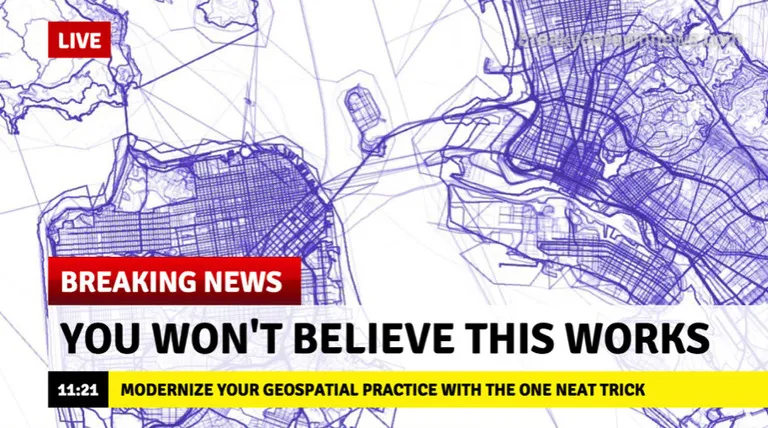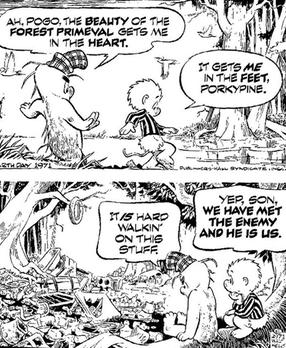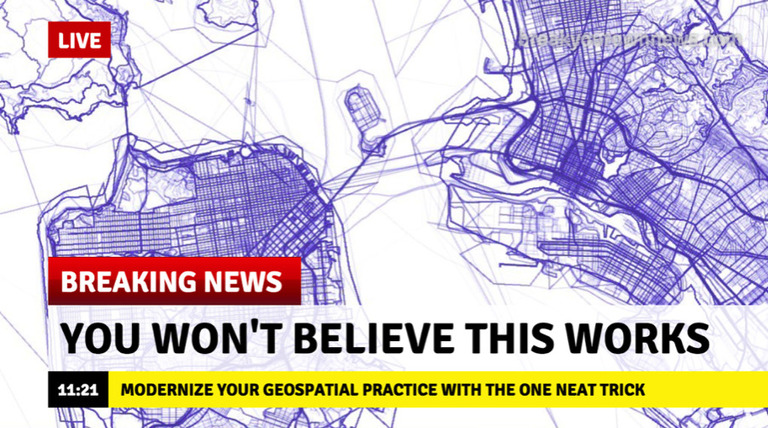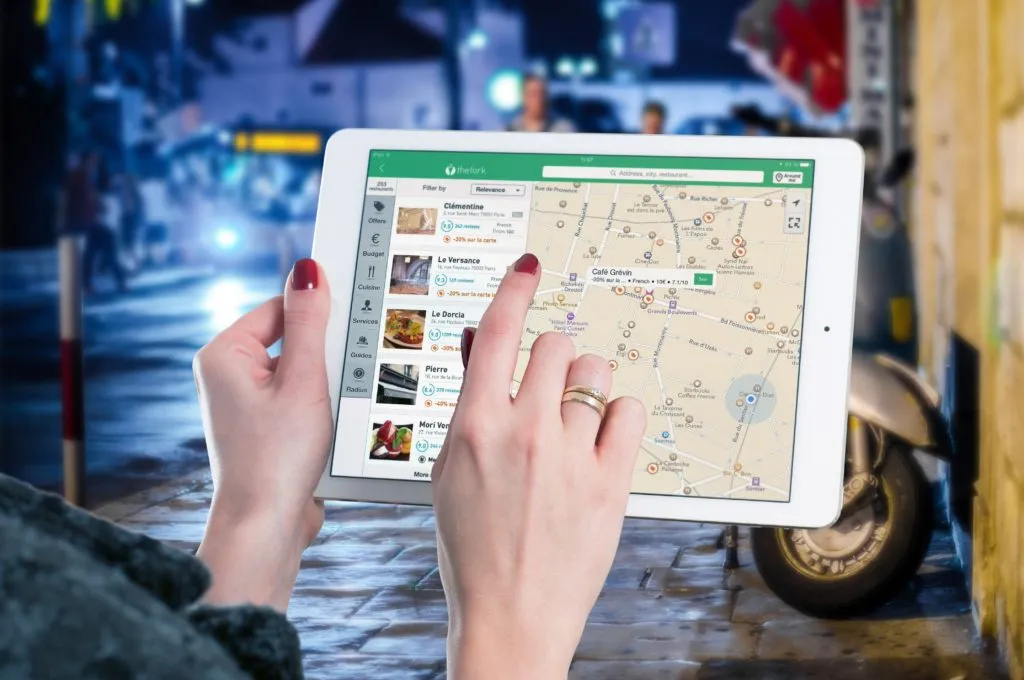
Esri and Winning
How much winning is enough? Have you been winning so much that you’re tired of winning now?
I ask because last month I gave a talk (PDF Download) to the regional GIS association in Manitoba, about open source and open data. My talk included a few points that warned about the downsides of being beholden to a single software vendor, and it included some information about the software available in the open source geospatial ecosystem.
In a testament to the full-spectrum dominance of Esri, the audience was almost entirely made up of Esri customers. The event was sponsored by Esri. Esri had a table at the back of the room. Before giving my talk, I made a little joke about the fact that my talk would in fact include some digs at Esri (though I left the most pointed ones on the cutting room floor).
People seemed to like the talk. They laughed at my jokes. They nodded in the right places.
Among the points I made:
- Single-vendor dominance in our field is narrowing the understanding of “what is possible” amongst practitioners in that ecosystem.
- Maintaining a single-vendor policy dramatically reduces negotiating power with that vendor.
- Maintaining a single-vendor policy progressively de-skills your staff, as they become dependant on a single set of tooling.
- Practitioners have higher market value when they learn more than just the tools of one vendor, so self-interest dictates learning tools outside the single-vendor ecosystem.
- Point’n’click GIS tools from Esri have widened access to GIS, which is a good thing, but driven down the market value of practitioners who limit themselves to those tools.
None of these points is unique to Esri – they are true of any situation where a single tool has driven competitors off the field, whether it be Adobe graphics tools or Autodesk CAD tools or Microsoft office automation tools.
Nor are any of these points indicative of any sort of ill will or malign intent on the part of Esri – they are just the systemic effects of market dominance. It is not contingent on Esri to change their behaviour or limit their success; it’s contingent on practitioners and managers to recognize the negative aspects of the situation and react accordingly.
And yet.

Despite the fact that almost all the people in the room were already their customers, that no new business would be endangered by my message, that all the students would still be taught their tools, that all the employers would still include them in job requirements, that people would continue to use the very words they choose to describe basic functions of our profession …
Despite all that, the Esri representative still went to the president of the association, complained to her about the content of my talk, and asked her to ensure that nothing I would say in my afternoon technical talk would be objectionable to himself. (In the event, I made some nasty jokes about Oracle, nobody complained.)
For some of these people, no amount of winning is enough, no position of dominance is safe, no amount of market leverage is sufficient.
It’s sad and it’s dangerous.
I was reminded of this last week, meeting an old friend in Australia and learning that he’d been blackballed out of a job for recommending software that wasn’t Esri software. Esri took away his livelihood for insufficient fealty.
This is the danger of dominance.
When the local Esri rep has a better relationship with your boss than you do, do you advocate for using alternative tools? You could be limiting or even potentially jeapardizing your career.
When Esri has locked up the local geospatial software market, do you bid an RFP with an alternative open tool set? You could lose your Esri partnership agreement and with it your ability to bid any other local contracts. Esri will make your situation clear to you.
This is the danger of dominance.
A market with only one vendor is not a market. There’s a name for it, and there’s laws against it. And yet, our profession glories in it. We celebrate “GIS day”, a marketing creation of our dominant vendor. Our publicly funded colleges and universities teach whole curricula using only Esri tools.
And we, as a profession, do not protest. We smile and nod. We accept our “free” or “discounted” trainings from Esri (comes with our site license!) and our “free” or “discounted” tickets to the Esri user conference. If we are particularly oblivious, we wonder why those open source folks never come around to market their tools to us.
We have met the enemy, and he is us.







